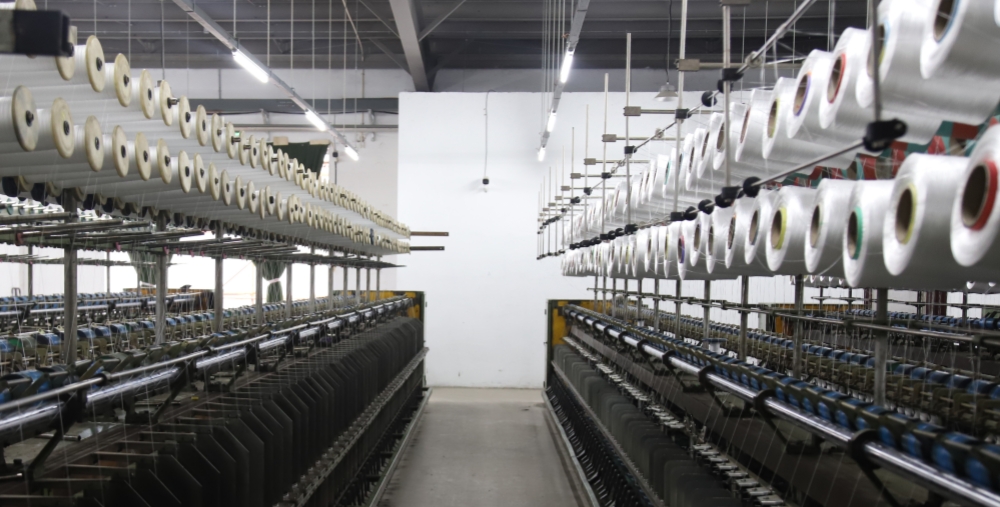
The production of woven filter cloths involves a number of technical processes, of which twisting is the core textile manufacturing process. By controlling the degree and direction of twist, the strength, elasticity and appearance of the yarn can be balanced to meet different requirements. As the first step in the production process, twisting is key to ensuring the quality of the filter cloth.
Follow the camera lens and step into the twisting workshop of BOLIAN.

The purpose of twisting is to twist the fibers into yarn, thereby imparting specific physical properties and suitability to the yarn.
Improving the strength of yarns
Fiber Cohesion: Twisting binds the loose fibers together, thereby reducing slippage and improving tensile strength.
Reduced Breakage: High-twist yarns offer enhanced resistance to abrasion and tension, making them well-suited for high-strength applications.
Improving Yarn Performance
Elasticity and Flexibility: Moderate twist gives the yarn resilience, allowing it to withstand stretching during the weaving process.
Abrasion Resistance: A compact structure reduces fiber wear, extending the fabric's lifespan.
Adjusting Appearance:
Smoothness: Enhances the fabric surface smoothness, reduces surface hairiness, and improve cake release efficiency.
The primary purpose of twisting is to combine two or more single yarns, and apply twist using the twisting machine to produce plied yarns with greater strength, better elasticity, uniform thickness, smooth surface, and enhanced surface and abrasion appearance.
We are able to undertake this process independently, with the ability to regulate the length of the yarn. This ensures that there are no yarn joints on the filter cloth, thereby enhancing the service life of the filter cloth.